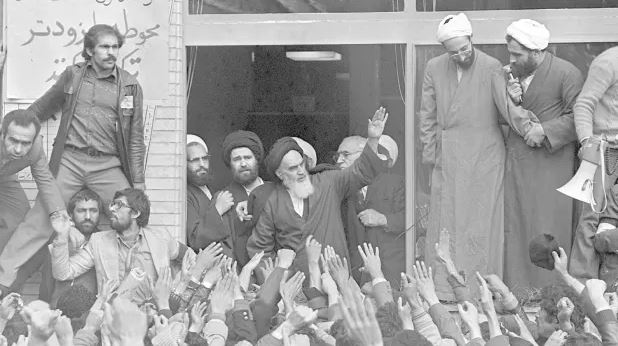From its beginning 40 years ago this week, the Islamic Republic of Iran has enjoyed the generous benefit of the doubt from credulous observers in the West. History hasn’t been kind to their sympathy.
“The depiction of him as fanatical, reactionary and the bearer of crude prejudices seems certainly and happily false,” Princeton’s Richard Falk wrote of the Ayatollah Khomeini in an op-ed for The New York Times on February 16, 1979. “Having created a new model of popular revolution based, for the most part, on non-violent tactics, Iran may yet provide us with a desperately needed model of humane governance for a Third World country.”
A decade later, after a reign of unbridled terror that culminated with the infamous fatwa against Salman Rushdie and the 1988 mass murder of thousands of political prisoners, including children, there was another false dawn. Several, in fact.
Ali-Akbar Hashemi-Rafsanjani, who became Iran’s president after Khomeini’s death, was viewed as a reformer. In truth he was a kleptocrat who orchestrated an international bombing and assassination campaign stretching from Buenos Aires to Berlin. Rafsanjani’s successor, Mohammad Khatami, was supposed to be a moderate. That didn’t stop the bloody crackdown on student protests in 1999 or Iran’s illicit pursuit of a nuclear weapons program during his tenure.
Mahmoud Ahmadinejad was one Iranian leader who got little international sympathy. Yet even under him Western reporters penned flattering tributes to Iran’s purported openness – right up until the moment the regime stole the 2009 election and brutally suppressed the failed, if inspiring, Green Movement that followed.
Read the article in the Australian Financial Review.

